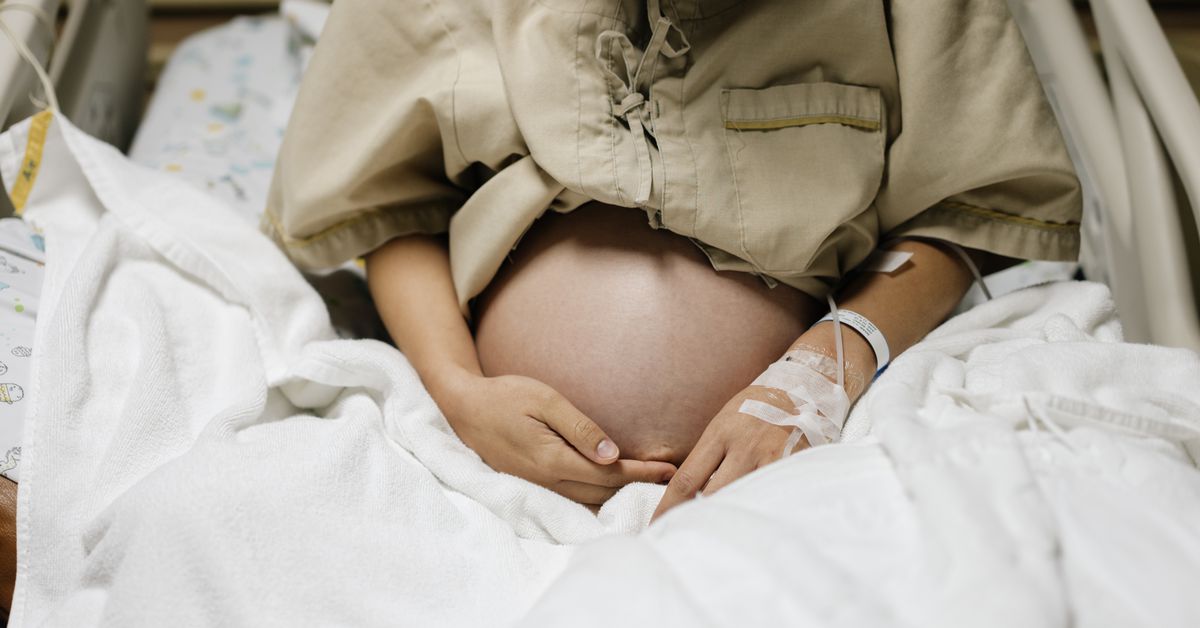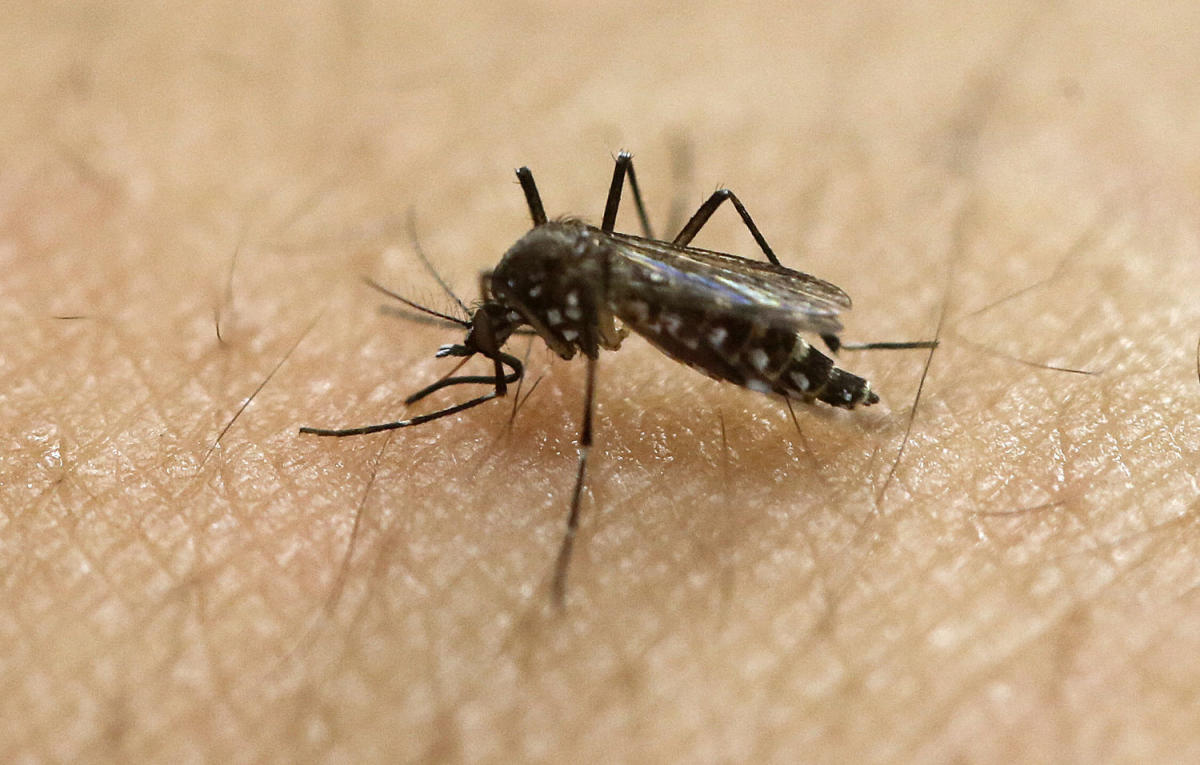An apparent spike in maternal mortality rates in the US has been raising alarm in the last few years. According to data from the Centers for Disease Control and Prevention (CDC), the country’s maternal mortality rate increased roughly 40 percent in 2021 compared to the prior year. That jump translated to 32.9 deaths per 100,000 births, compared to 23.8 deaths per 100,000 births in 2020.
Vox and a number of publications have reported on this increase, which has been a source of serious concern. This week, however, a new peer-reviewed study published in the American Journal of Obstetrics and Gynecology suggests that the US’s maternal mortality rate, while still high for a developed nation and troubling, is lower than the CDC’s data had indicated.
In the study, outside researchers led by KS Joseph, a physician and professor at the University of British Columbia, used a different method than the CDC’s to calculate the maternal mortality rate, concluding that it was 10.4 deaths per 100,000 births from 2018 to 2021, rather than the higher figures the agency had for that same time frame. They argue that because of the way the US collects its data, the CDC has been overcounting deaths due to both clerical errors and the inclusion of fatalities not directly caused or exacerbated by pregnancy (for example, including a pregnant woman who died because of cancer).
They also reaffirmed another troubling reality: Researchers continued to find stark racial disparities using this new calculation method, including that Black women were three times more likely to have a fatal complication as white women.
One thing worth noting is that the authors of the study acknowledged that their methodology could result in an undercount. “My opinion is that, probably, the true maternal mortality rate is somewhere in between what these authors are proposing and what the [CDC’s] National Center for Health Statistics puts out,” Alison Gemmill, a Johns Hopkins School of Public Health professor not affiliated with the study, who specializes in maternal health, tells Vox. “CDC disagrees with the findings,” the agency also noted in a statement to NPR, adding that the approach researchers used is “known to produce a substantial undercount of maternal mortality.”
Gemmill says that data on this issue has been tough to pin down both because of problems with documentation and the need to track medical complications at different stages of pregnancy. If a fatality occurs earlier in a pregnancy or postpartum, for example, it might not be accurately counted or attributed to pregnancy.
Having reliable data about maternal mortality is crucial for better understanding causes, treatments, and early interventions, experts say. And while this study offers evidence that the scope of the problem may not be as large, it doesn’t change the fact that it’s still an urgent issue. “Any maternal death is one too many. And we know that these deaths are preventable,” says Gemmill.
What’s in the study
The findings of the Joseph-led study diverged so greatly because of a difference in how these researchers calculated maternal deaths compared to how the CDC did. Per the CDC, a maternal death is defined as “‘the death of a woman while pregnant or within 42 days of termination of pregnancy,’ but excludes those from accidental or incidental causes.”
Both the CDC study and the Joseph study got their data from death certificates that are filled out for fatalities in the US. On that certificate, there’s a checkbox to indicate whether the person was pregnant at the time of death or 42 days prior. This checkbox was added in 2003 with the goal of better tracking which deaths were related to pregnancy in some way. Since then, the US has seen a sharp increase in the number of fatalities classified as maternal deaths.
For its data, the CDC utilized that “pregnancy checkbox” to identify who was pregnant and to count those who had it checked as maternal deaths if they were of childbearing age. The problem with using this information, however, is that this checkbox can sometimes be checked off in error, Texas researchers found in 2018. In that study, multiple people who were not pregnant had this checkbox marked, for example.
Additionally, there are cases when a pregnant person dies from another condition, like cancer. Under the CDC’s approach, those deaths are also considered maternal deaths, even if pregnancy did not directly cause or exacerbate these fatalities. Joseph believes these cases inflate the number of deaths categorized as maternal deaths.
In order to make a calculation that tried to account for both issues, Joseph and his team only counted deaths in which pregnancy was listed as an explicit cause of death on the death certificate. Using that information, they arrived at their much lower figure, though they make clear that this data could suffer from the flaw of being an underestimate.
“Weaknesses of the study included a reliance on cause-of-death data from death certificates, which can lead to an underestimation of maternal mortality,” they note in the paper. “It reflects a very limited and restrictive way of calculating these numbers whereas the CDC method is most comprehensive,” Louise King, a professor at Harvard Medical School and physician at Brigham and Women’s Hospital, also cautioned.
Joseph’s study, and its weaknesses, underscore the difficulty and importance of gathering trustworthy data on this topic. Maternal mortality data collection has been less reliable in the US because death certificates include errors and don’t fully capture conditions a person may have experienced — including mental health conditions, like postpartum depression.
There is also debate regarding which deaths should be considered maternal deaths. For example, there are deaths caused by other factors or conditions that could still be tied to pregnancy.
“An opioid overdose may be related to the fact that the pregnant person was forced to quit cold turkey during pregnancy and relapsed after; a suicide could be attributed to postpartum depression; a homicide may be the result of a fight with a domestic partner about the pregnancy,” Annalisa Merelli writes for Stat News.
The UK is seen as a gold standard on how it approaches this issue, says Gemmill, because it uses multiple sources to examine maternal deaths, not just death certificates. In addition to the information provided by death certificates, UK authorities also utilize birth certificates to confirm that a person was pregnant and conduct investigations known as “confidential enquiries” regarding an individual’s specific medical record.
In the US, some state-level boards do deeper dives into each maternal death as well, though the practice is inconsistent and has been politicized, Merelli writes.
How to think about maternal mortality in the US now
Even if the rates are lower than the previously reported exorbitant ones, it’s still troubling that women are dying as a result of pregnancy and associated complications.
“Mothers are getting older, they have more hypertension and diabetes, they have more chronic diseases than they have had 20 years ago, and that puts them at high risk,” Joseph told Vox. “So, if we do not continue to focus on addressing maternal mortality, it will get worse. And we need to bring it down from where it is.”
Based on data from a 2022 analysis by the Commonwealth Fund, the US still has a higher maternal mortality rate than many other industrialized countries even with the more conservative estimate. One caveat Joseph notes is that it’s tough to compare across countries because they each have unique measuring systems.
If the US’s rate is closer to Joseph’s results, that puts the country more in line with — but still slightly above — a number of other developed nations. Per that Commonwealth Fund analysis, 10 countries have rates under 10 deaths per 100,000 births, with the Netherlands, Australia, and Japan all leading the way with rates under three per 100,000.
Concerns about racial disparities, and how Black women are disproportionately dying during or after pregnancy, persist. Systemic racism, including discriminatory treatment in hospitals, where doctors have ignored and downplayed symptoms women have raised, has been found to be a central factor. Unequal access to health care and treatment for chronic conditions prior to pregnancy also plays a role. Researchers identified higher rates of death from ectopic pregnancy, hypertension, and cardiovascular illnesses among Black women, Joseph’s study notes.
The goal of having better data on this problem, and the conditions that cause it, is so physicians can better identify treatments and preventative steps that could help patients, says Joseph. This study, ultimately, is one part of that conversation.

Rachel Carter is a health and wellness expert dedicated to helping readers lead healthier lives. With a background in nutrition, she offers evidence-based advice on fitness, nutrition, and mental well-being.








